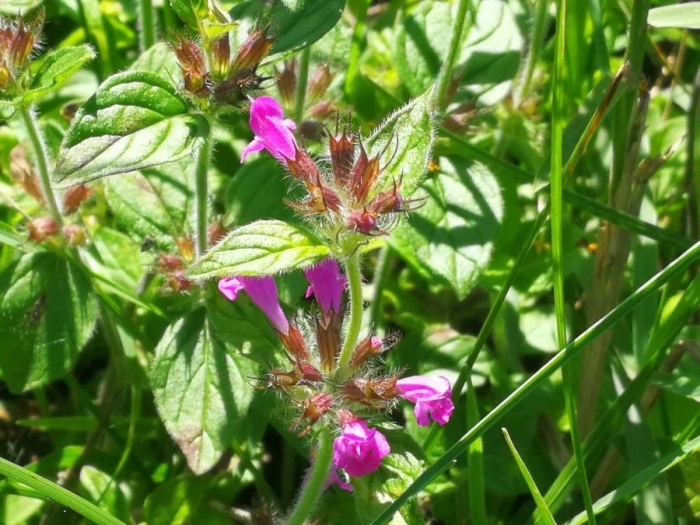Wild Basil
(Clinopodium vulgare)
Wild Basil (Clinopodium vulgare)
/
/

Angela Antonioli Angela Antonioli
CC BY-SA 4.0




















































Estimated Native Range
Summary
Wild Basil is valued for its aromatic leaves, which are used in culinary dishes and herbal teas. It is also appreciated for its ornamental flowers, which add a splash of color to herb gardens, borders, and naturalized areas. Wild Basil thrives in full sun to partial shade and prefers well-drained soils. It requires moderate watering and can tolerate slow or medium drainage. While it is not overly demanding in terms of care, it is important to monitor its spread as it can become invasive in some regions. In areas where it is not native, gardeners should check local regulations before planting.CC BY-SA 4.0
Plant Description
- Plant Type: Herb
- Height: 0.5-2 feet
- Width: 0.125-0.5 feet
- Growth Rate: Moderate
- Flower Color: Purple
- Flowering Season: Summer
- Leaf Retention: Deciduous
Growth Requirements
- Sun: Full Sun, Part Shade
- Water: Medium
- Drainage: Slow, Medium
Common Uses
Bee Garden, Butterfly Garden, Edible*Disclaimer: Easyscape's listed plant edibility is for informational use. Always verify the safety and proper identification of any plant before consumption., Fragrant, Groundcover, Low Maintenance
Natural Habitat
Native to grasslands, open woodlands, and forest edges across Europe, parts of Asia, and Africa
Other Names
Common Names: Cushion Calamint, Dogmint, Kransbørste, Borstige Bergminze, Gewöhnlicher Wirbeldost, Wirbeldost, Clinopode, Sarriette Vulgaire, Borstelkrans, Bergmynta
Scientific Names: , Clinopodium vulgare, Satureja vulgaris, Melissa vulgaris, Calamintha clinopodium, Calamintha vulgaris, Acinos vulgaris, Melissa clinopodium, Satureja vulgare, Clinopodium vulgare f. glabratum
GBIF Accepted Name: Clinopodium vulgare L.